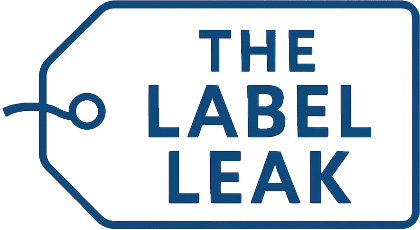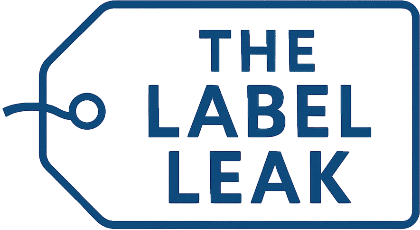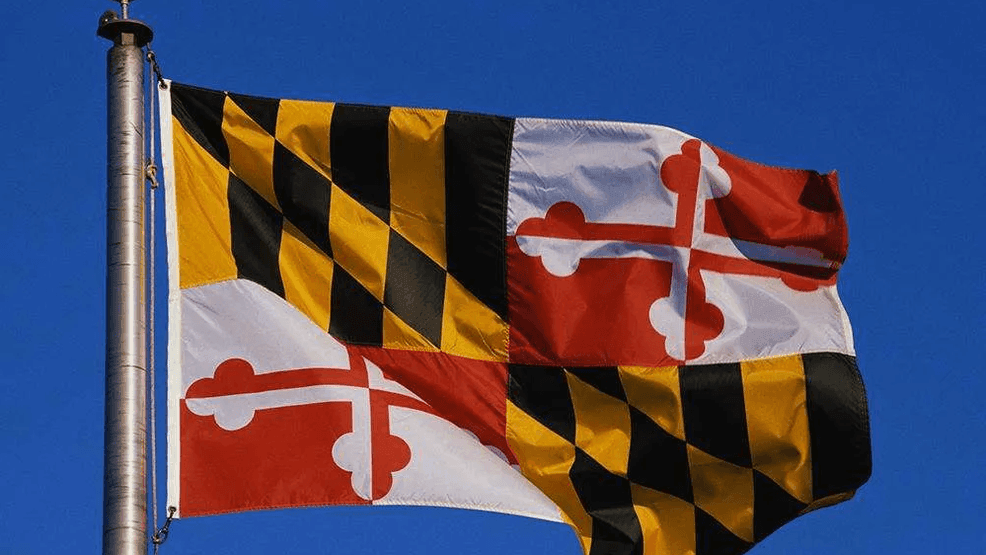60% of MD beaches potentially unsafe for swimming due to contamination in 2024
(WBFF) — As Marylanders flock to local beaches this summer, a new report reveals that water quality remains a concern at many popular swimming spots across the state.
According to a report released Tuesday by the Environment Maryland Research & Policy Center, 60% of Maryland beaches were potentially unsafe for swimming on at least one day in 2024 due to high levels of bacterial contamination.
ALSO READ | Demolition on remainder of Key Bridge begins
The report is based on an analysis of bacteria testing results, focusing on whether levels of fecal indicator bacteria surpassed the Environmental Protection Agency’s safety threshold, known as the “Beach Action Value.”
This benchmark corresponds to an estimated 32 illnesses per 1,000 swimmers. The findings show that 20% of beaches in the state exceeded this limit on at least one-quarter of the days tested.
“Even as Marylanders are back to enjoying the fresh sea breeze and splash of waves at the beach, pollution is still plaguing too many of the places where we swim,” said John Rumpler, clean water director at Environment Maryland Research & Policy Center and a co-author of the report, via a press release. “Now is the time to fix our water infrastructure and stop the flow of pathogens to our beaches.”
Maryland beaches with persistent pathogen risks last year include the following:
- Ferry Park
- Tolchester Estates Beach
- YMCA Camp Tockwogh
- Echo Hill Camp
- Atlantic Marina Resort
- North Beach
- Boy Scout Beach
- Tolchester Marina and Beach
- Fairhaven Beach
Swimming in contaminated water can lead to a range of illnesses, such nausea, diarrhea, ear infections, rashes, and other infections.
Nationally, scientists estimate 57 million cases of illness each year are linked to swimming in polluted waters.
The primary culprits behind beach contamination are sewer overflows and runoff pollution. One major incident occurred in May, when a 21-million-gallon sewage overflow prompted health officials in Anne Arundel County to advise against swimming in the Patapsco River.
The report calls for increased investment in clean water infrastructure, including repairing aging sewer systems and implementing nature-based solutions to reduce runoff.
ALSO READ | Baltimore’s $2.2M website scandal: Taxpayer advocate demands refund, contract ban
While Maryland has allocated state funding to address sewer overflows in Baltimore and reduce pollution into local rivers and the Chesapeake Bay, much of this work depends on support from the federal Clean Water State Revolving Fund — the future of which remains uncertain as Congress debates funding levels.
“When Congress passed the Clean Water Act more than 50 years ago, our nation resolved that we would make all our waterways safe for swimming,” said Rumpler, via press release. “It is time for Maryland officials to commit themselves to the goal of clean, safe beaches and dedicate the resources needed to achieve it.”
For people who want to know if their favorite beach is currently safe for swimming, the new report also includes information on how to find the latest beach closings and health advisories in Maryland.


